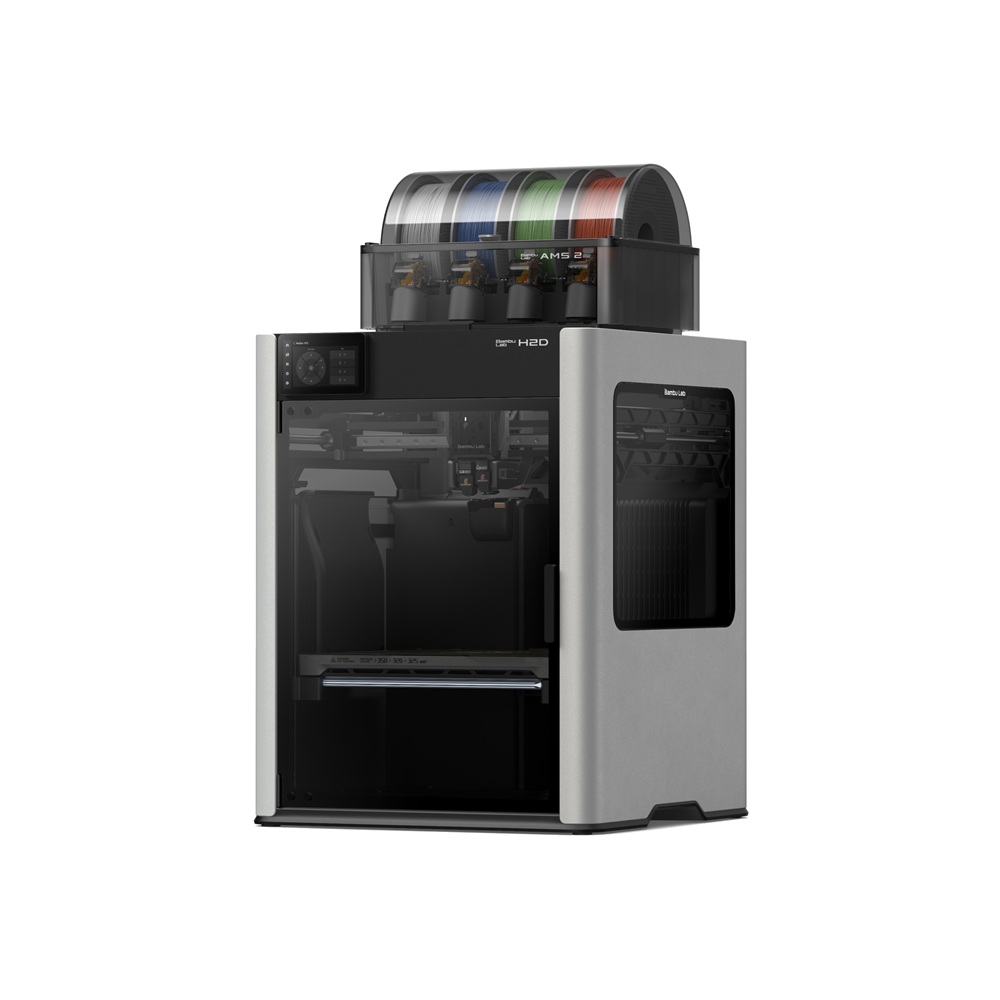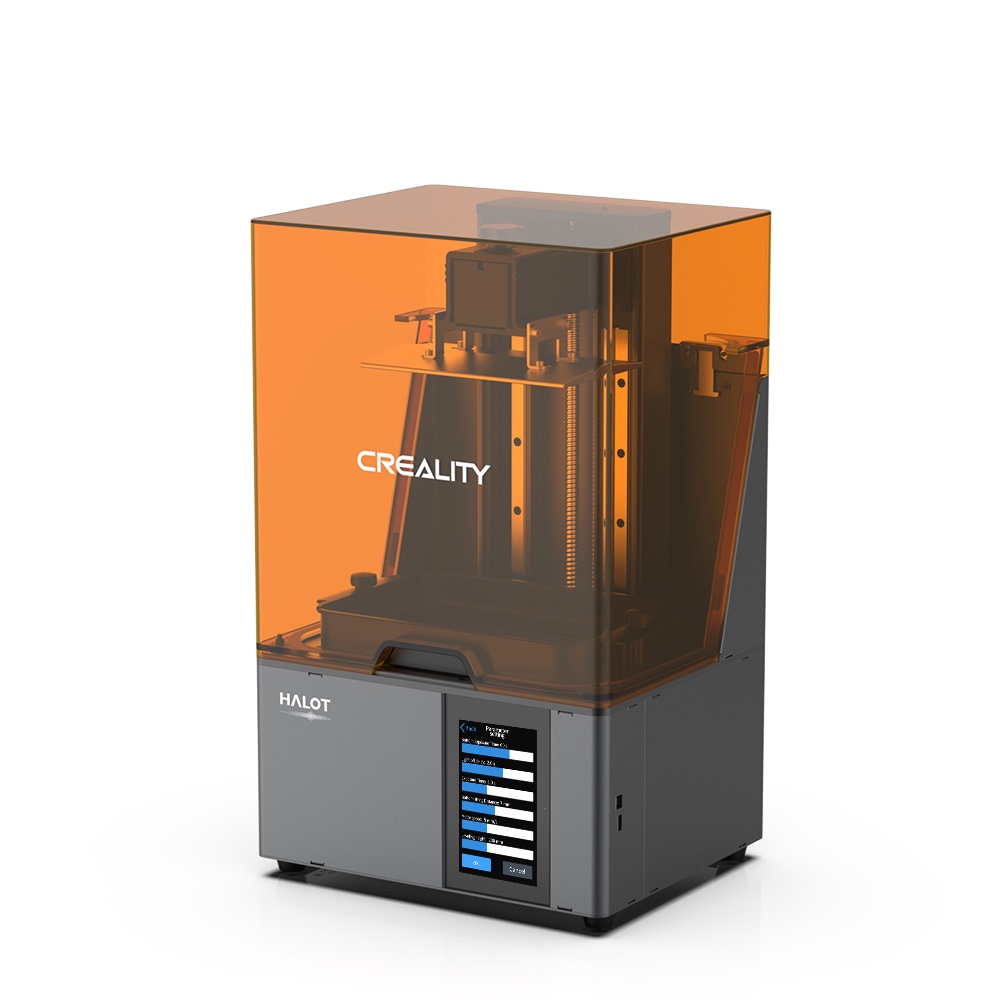Compare H2D vs Halot Sky
Comparison between the best 3D printers
Choose the best 3D printer at the best price. The cheapest 3D printers are here.
Buy a 3D printer here with 3D Fila.
 |
 |
|
| Model | H2D |
Halot Sky |
| Printing Material | Filament | Resin |
| Buy Filament for Bambu Lab H2D | Buy Resin forCreality 3D Halot Sky | |
| Estimated price | $1899,00 | $879,00 |
| Manufacturer | Bambu Lab | Creality 3D |
| Release Year | 2025 | 2021 |
| Print Volume [mm] | 350x320x325 | 192x120x200 |
| Printer Size [mm] | 492x514x626 | 340x29x550 |
| Weight [kg] | 42,3 | 16,5 |
| Power Loss Recovery | YES | NO |
| Maximum Resolution [mm] | 0,01 | 4k |
| Processor | ||
| Display | Touchscreen 5'' | |
| Power Supply | ||
| Connectivity | Wifi, Bambu bus, Cartão SD | Wi-Fi |
| Operating systems | Windows, Mac, Linux | |
| Date of registration in the system | 2025-03-31 | 2022-10-11 |
| Release date | 2025 | 2021 |
| Extra features | Bambu Labs H2D combines high-speed 3D printing with a chamber heated up to 65 °C, dual extrusion with automatic nozzle switching, an AMS for filament drying and exchange, and AI sensors that detect failures. It offers optional laser and digital cutting capabilities, features intelligent calibration through computer vision, vibration control, enhanced fire safety, and real-time camera monitoring. | The Creality HALOT SKY stands out with its 8.9-inch 4K monochrome display, ensuring detailed prints. Its robust construction includes dual linear rails and a ball screw on the Z-axis, offering precise movements. Equipped with an ARM Cortex-A53 Quad-Core processor and Wi-Fi, it provides a responsive and connected user experience. The flip cover saves space and the 120W UV source ensures uniform curing. In addition, the HALOT SKY supports OTA firmware updates and integration with Creality Cloud, increasing efficiency and convenience in use. |
| Support for multiple colors and materials (AMS and CFS) | YES | NO |
Notes * |
||
| Cost-benefit | 7 / 10 | 7 / 10 |
| Hardware | 8 / 10 | 1.2 / 10 |
| Tela | . | . |
| Print volume | 4 / 10 | 3 / 10 |
| Performance | 5 / 10 | 9 / 10 |
Conclusion |
| In comparing the Bambu Lab H2D and the Creality 3D Halot Sky, several key factors contribute to their respective positions in the market of 3D printing. The H2D, priced higher, offers an advanced feature set suitable for serious enthusiasts and professionals, including high-speed printing, dual extrusion capabilities, and smart sensors for failure detection. Its larger print volume also provides more versatility for larger projects, while the heating chamber enhances material adaptability. The incorporation of AI and real-time monitoring further positions the H2D as a cutting-edge option. On the other hand, the Halot Sky, released earlier and with a more accessible price point, excels in simplicity and efficiency for users focused on quality resin printing. With its high-resolution display and precise movements, the Halot Sky is well-suited for those seeking detailed prints, albeit with a smaller build volume. Its robust build and friendly connectivity options make it a solid choice for casual users or newcomers to resin printing. Ultimately, the decision between these two models hinges on user priorities: if advanced features, higher print volume, and professional applications are paramount, the H2D emerges as the go-to option. Conversely, if budget, ease of use, and detailed printing are the primary considerations, the Halot Sky offers excellent value without sacrificing quality. Both printers warrant a cost-benefit rating of 7 out of 10, making them competitive choices in their respective categories. |

